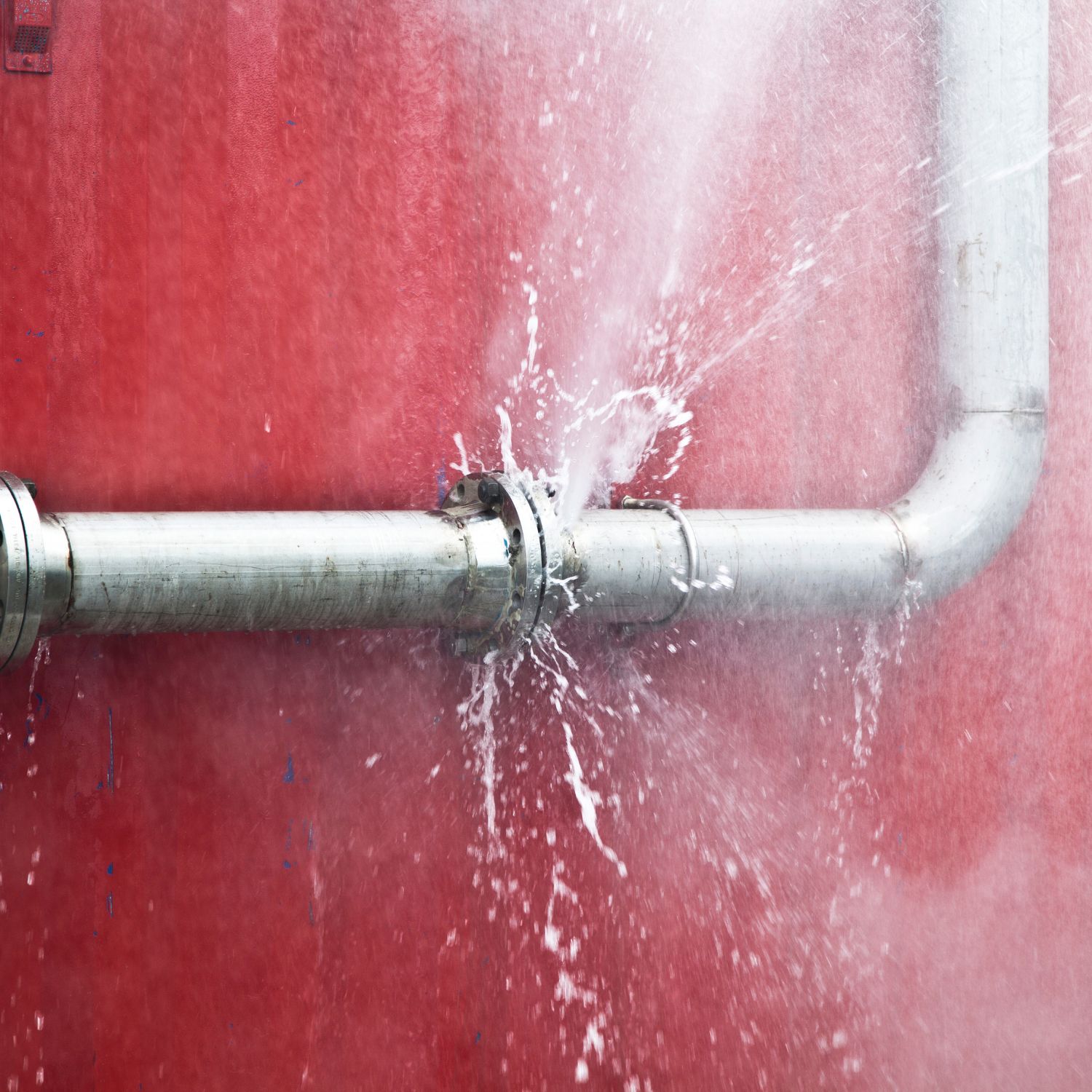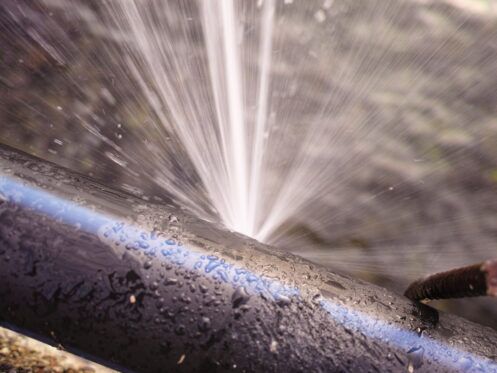How to Fix a Burst Pipe Yourself: A Step-by-Step Guide for Homeowners
How to Fix a Burst Pipe Yourself: A Step-by-Step Guide for Homeowners
Blog Article
Avoiding Ruptured Pipeline: Crucial Tips to Protect Your Pipes
Avoiding ruptured pipes is an important concern for property owners, especially during chillier months when the danger of cold is heightened. Implementing calculated steps such as correct insulation, routine examinations, and maintaining regular indoor temperatures can substantially decrease the probability of pipeline failure. In addition, recognizing emergency situation procedures furnishes homeowners to respond promptly to possible pipes concerns. Several are uninformed of the specific vulnerabilities that their pipes might deal with. Discovering these susceptabilities can offer very useful insights right into guarding your plumbing system successfully.
Understand Pipeline Vulnerabilities
Recognizing pipe susceptabilities is necessary for reliable plumbing upkeep and preventing pricey damages. Numerous elements add to the vulnerability of pipes to ruptureds, consisting of material make-up, age, and environmental problems. Older pipes, especially those made from galvanized steel or polybutylene, typically weaken gradually, causing boosted risk of leaks and tears.
Temperature level variations can additionally dramatically impact pipeline honesty. In chillier climates, water entraped in pipes can ice up, exerting and increasing pressure on the pipeline wall surfaces, which might inevitably result in a burst. High water stress can stress pipes, especially at joints and bends, heightening the possibility of failure.

Insulate Piping Correctly
Correct insulation of pipelines is critical for protecting against freezing and succeeding bursts throughout cold climate (burst pipe). Insulating your pipes system successfully safeguards versus temperature drops that can bring about expensive damage. Begin by determining susceptible areas where pipelines are exposed to outside temperatures, such as cellars, attic rooms, and outside walls
Use foam pipeline insulation sleeves or wrap insulation tape around these locations to give a protective obstacle. Make sure that all areas of the pipes, specifically those with limited warmth direct exposure, get ample insulation. Pay special interest to joints and installations, as these are more vulnerable to freezing.
When insulating, it's important to select materials that fulfill neighborhood structure codes and are appropriate for the specific environment. As an example, fiberglass insulation is usually advised for its thermal resistance homes - burst pipe. In addition, consider making use of warm wires or tape in severe problems, which can be plugged in to provide supplemental warmth
Regularly evaluate insulated pipelines for any indicators of wear or damage, as endangered insulation can diminish its efficiency. By taking these proactive procedures, you significantly reduce the danger of pipe ruptureds, guaranteeing a trustworthy plumbing system throughout the wintertime months.
Maintain Constant Temperature Level
A steady interior temperature level is necessary for preventing burst pipelines during the freezing months. When temperature levels drop, water within pipes can freeze, creating and increasing stress that may ultimately cause the pipes to ruptured. To mitigate this threat, homeowners need to keep a constant temperature throughout their home, ideally no less than 55 ° F(13 ° C)Using a programmable thermostat can aid manage interior temperatures effectively, guaranteeing that areas with pipes stay cozy also when your home is vacant. Pay special focus to locations that are a lot more vulnerable to cool, such as cellars, garages, and attics. Maintaining cabinet doors open under sinks can additionally permit warmer air from the home to distribute around pipes.
This minor flow of water can stop cold by alleviating pressure within the pipes. By implementing these methods, homeowners can substantially lower the danger of pipe bursts and guard their pipes systems versus the extreme wintertime aspects.
Consistently Inspect Plumbing
Regular assessments of pipes systems are important for protecting against ruptured pipelines and preserving general home stability. Routine checks allow home owners to recognize potential issues before they intensify right into pricey repairs or significant water damages. Throughout these examinations, it is vital to check out visible pipes for signs of rust, leaks, or put on. Pay special attention to locations prone to freezing, such as basements, attic rooms, and exterior walls.
Furthermore, examining joints and links is important, as these points are usually vulnerable to leaks. House owners should also assess water pressure levels, as too much pressure can strain the plumbing system and increase the danger of pipe bursts.
Consider scheduling expert plumbing evaluations at least when a year, especially before winter, to guarantee your system is prepared for cooler temperatures. By being positive in your method, you can guard your home against the costly and disruptive effects of ruptured pipes.
Know Emergency Treatments
Understanding emergency treatments is crucial for each house owner, particularly after conducting Go Here normal plumbing assessments. Being prepared for a pipes emergency situation can significantly minimize damages and save Website expenses. Initially, find your primary water shut-off shutoff; it is typically found near the water meter or where the primary line enters your home. Acquaint yourself with its procedure, as turning off the water promptly can prevent considerable flooding.
Following, keep essential tools useful. A plumbing emergency package need to consist of a wrench, bettor, and towels, in addition to a flashlight and a bucket for small leaks. Additionally, take into consideration having the call info for a relied on plumbing technician readily available, must the circumstance escalate beyond your control.
If you identify a leakage or burst pipeline, immediately switch off the water supply and alert your plumber. Document the damage with pictures for insurance purposes. Understand the signs of prospective plumbing issues, such as unusual water pressure fluctuations or damp places on wall surfaces
Ultimately, positive expertise and quick activity are vital in managing plumbing emergencies, guaranteeing your home stays safeguarded and lessening prospective damage.

Verdict
In conclusion, protecting against burst pipes necessitates a complex technique that consists of understanding pipeline susceptabilities, appropriate insulation, maintaining constant indoor temperatures, routine inspections, and knowledge of emergency situation procedures. By carrying out these crucial approaches, the risk of pipes failings can be significantly minimized, thereby ensuring the longevity and effectiveness of the plumbing system. Positive steps not just safeguard against potential damage but also add to total water preservation and the security of home.
In chillier climates, water caught in pipes can here ice up, broadening and exerting stress on the pipeline wall surfaces, which might eventually lead to a burst. When temperature levels decrease, water within pipes can freeze, producing and increasing stress that might inevitably create the pipes to burst. By implementing these methods, homeowners can dramatically minimize the danger of pipe ruptureds and safeguard their plumbing systems versus the harsh wintertime elements.

Report this page